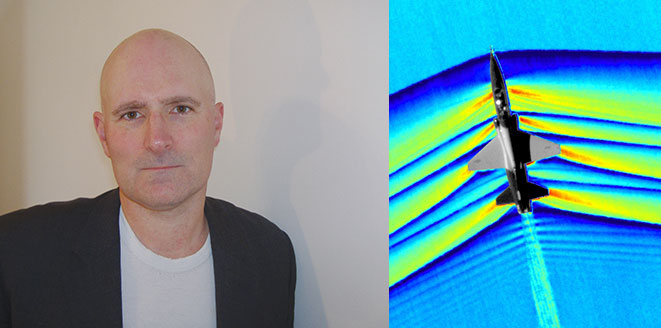Pushing the Envelope
Pushing the envelope
The intelligent raven
 Robert Coppinger
Robert Coppinger
While automation of the civil airliner flight deck has been a cause for concern but for military aircraft artificial intelligence (AI) is seen as necessary for the uncrewed combat aircraft of the future. However, the certification hurdles for applying AI in the field of general aviation (GA) have in the past been deemed too difficult. Now one Swiss company, following help from a European Union-funded project completed last October, expects to see the GA world take up its AI solution in the next few years.
Zurich-based Daedalean says it has produced an AI which can be certified for machine vision guidance and eventually other sensors. Daedalean’s AI software, called Raven, runs on hardware from Florida-based avionics manufacturer Avidyne. Testing Raven on aircraft has been carried out in Florida and Honeywell is also a Daedalean partner. Daedalean is working with the European Union Aviation Safety Agency (EASA) and the US Federal Aviation Administration (FAA) on what could become the path to certification. On 7 February 2020, EASA published its Artificial Intelligence Roadmap 1.0 which sets out the agency’s initial vision on the safety and ethical dimensions of AI development. It was published as a starting point for discussion with the aviation community.
Before the EASA collaboration, Daedalean and Volocopter conducted joint flight tests using Raven in March 2019 in Bruchsal, southwest Germany. Daedalean touts Raven as a solution for electric vertical take-off and landing (eVTOL) aircraft. The company is also working with eVTOL firms Lilium Aviation, Kitty Hawk and Dufour Aerospace and has commercial agreements with Hensoldt Avionics (formerly Euroavionics), agricultural aircraft maker Air Tractor and Airbus Helicopters.
The Swiss AI firm also has a ‘strategic commercial partnership’ with an unnamed German car manufacturer which wants to enter the eVTOL market.
Since the Volocopter testing, Daedalean has been working with EASA on the Swiss firm’s AI system. It is focused on certain areas of the flight regime, landing, GPS-independent navigation and collision avoidance.
Working with EASA, Daedalean and the agency have developed the first ‘concepts for design assurance of neural networks’ to define quality standards for the data and algorithms used specifically in Daedalean’s AI product.
A regulator’s certification process exists to affirm that a technology will produce the same outcome reliably and a difficulty with AI is that the outcome, its action, can have many possibilities.
The success that Daedalean has claimed is the creation of mathematical and statistical tools that can measure the properties of the AI neural network under certain conditions. That measurement allows the behaviour of the AI to be deemed reliable, under certain conditions, such as landing guidance or visual air traffic detection. What is being certified is the software, however, not the hardware. As part of the neural networks’ development, it is given examples of accidents from regulators’ historical data.
Daedalean also claims that its research has proven that its AI, when trained in a simulated environment, can be shown to be reliable when operating on avionics hardware. In the first quarter of this year (2022), the FAA is expected to jointly publish a report with Daedalean about the work they have been doing together. For the FAA, Daedalean focused on landing guidance and demonstrating that what the neural network produced was predictable and reliable. Anna Chernova is a co-founder of Daedalean, its Chief Product Officer and a pilot. She explained that the work with the EASA and FAA has been for a camera-fed neural network but eventually other sensors will be employed with the AI. A vision system was chosen because it was decided that was the best way of solving the perception problem a neural network would have with a three-dimensional scene. With the creation of a perception algorithm from this process and the expected completion of the vision system’s certification, it is anticipated that there will be no greater complexity with other sensors, Chernova explained. Daedalean’s Raven could be commercially available in 2023 if the forthcoming certification process succeeds, Chernova added.
The hope is that helping GA pilots with AI guidance will cut the number of small aircraft fatal crashes. The automation of airliner flight decks has raised concerns about the impact on pilots’ airmanship and its possible link with fatal decisions. It remains to be seen if the introduction of AI for GA brings the same quandaries the airline industry has had into the private pilots’ world.